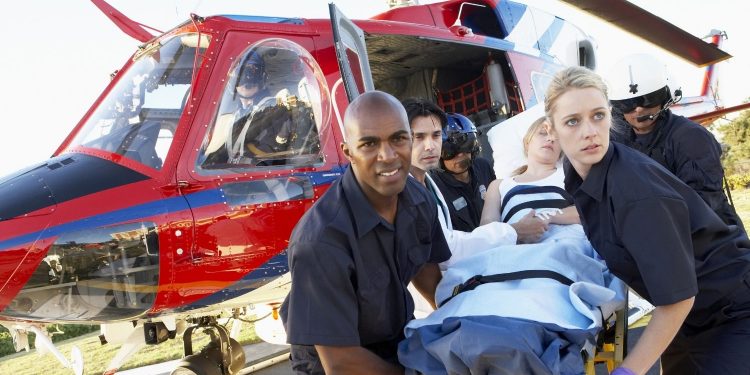Advancements in medical technology save millions of lives, and medical transports are among these advancements. Learn more about these advancements here.
Medical emergencies can happen anywhere and at any time—it doesn’t matter what is going on or who is in trouble. That’s why there are so many different types of medical transportation. These transports ensure people can get the attention they need as fast as possible, decreasing the risk of death and permanent damage. Here are some of the common types of medical transport used today.
Ambulance
An ambulance is a specialized vehicle capable of carrying an injured person, several medical professionals, and an assortment of medical equipment. The back of the ambulance is special, as it’s big enough for the medical professional to tend to a person’s injury easily. The medical equipment in the ambulance is mainly designed to help stabilize a trauma victim on the way to a proper medical facility.
Helicopter
Helicopters are useful in several types of emergencies, as they provide some of the fastest transport available for short distances. They’re also capable of landing in small areas, meaning they can reach more people than many other transportation methods. They also have a lot of mobility; flying over obstacles and through narrow passageways, they are perfect for navigating cities and other tight areas.
Stretcher
This is a temporary form of transportation that’s only meant to carry a person across very short distances. It functions very similarly to a bed on wheels that can lower or rise in height. Medical professionals use stretchers to transfer people who can’t walk or move. They prove very useful for getting people into other transportation or inside a medical facility.
NEMT
Non-Emergency Medical Transportation (NEMT) functions more as a blanket term and is a category of transport methods that are useful for moving patients who don’t need emergency medical assistance. Wheelchairs are a common form of NEMT, as are hospital transfers.
These are just a few of the different types of medical transportation that you’ll see most commonly. Each one is capable of handling most emergencies and helping medical professionals save lives.



